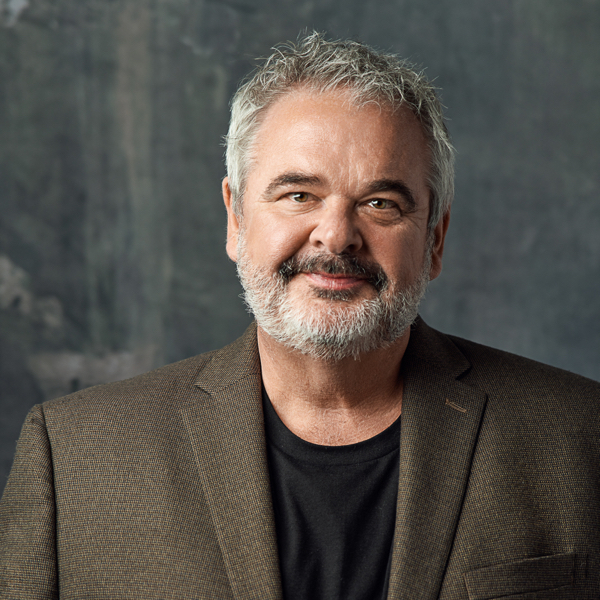NOTE: this is a companion piece to Courtney's take on the same topic on her LinkedIn page here. I heartily recommend it!]
I've been developing some new enterprise-wide initiatives with my friend and colleague Courtney Feider of These Wild Humans. Both of us have been hearing our clients talk a lot recently about transformation, integration and change management - or combinations of those words.
Like many terms in the business lexicon, these words are used more and more until the original meaning might be lost. So Courtney and I have been thinking about what we mean by these terms and what sort of expressions of those ideas might be most useful in the world we're all doing business in right now
We start from the fact that most change efforts focus on the mechanics of transformation — new structures (always a new re-org!), new strategies, new systems, new 'behaviors.' But lasting transformation doesn’t come from process. It comes from people. Change is not, and has never been, outside in. That approach creates a lot of activity because a lot of the bigger consultancies make a lot of money by promising that, this time around, this new structure or this strategy will bring better results. But all change is and always has been inside out. It starts with the human being and at an individual level.
We have been re-assessing Transformation, Integration & Change through three lenses:
1. Energy — Understanding and directing the living current of motivation, adaptability, and meaning that powers every member of every team.
Every opportunity should be given to every human being in our enterprise to bring their full self to making the future happen with us. They deserve to be grounded in a deep confidence in their own capabilities and their ability to learn and adapt. Their resilience grows out of a combination of self-knowledge and personal values, as these are the bedrock of both sound judgement and creative instinct. Their sense of purpose comes from the realization that they are not 'managing change' - whoever was excited by that concept? - but creating the future, with their colleagues. Which brings us to...
2. Story — Using narrative and the Hero’s Journey as tools to activate meaning, belonging, and courage at a team level.
And then together they can use powerful communcation & storytelling to actively disrupt what doesn't work - and lead, communicate and manifest the new through their stakeholders and partners in the business. Stories, used well, don't just articulate compelling reasons for being - they engage action.
3. Integration — Sustaining transformation through dialogue, shared rituals, and Organizational Wisdom™.
The word organization comes from Latin meaning an instrument, as in a church organ being an instrument for music. Most businesses continue to use their organization as an instrument, for results and wealth. We suggest organization as a channel for human engagement, connection, and shared purpose. As Nick Dalton, management writer, says: 'The level of network health within an organization will increasingly become the main competitive differentiator.'
What if our organizations could energize and excite us once more?
For further information on this approach, follow this link.
